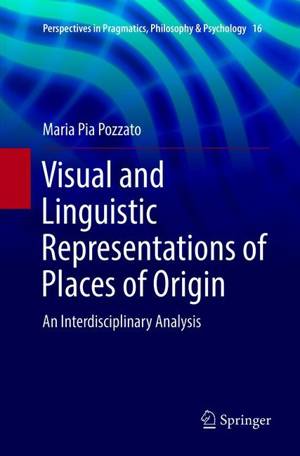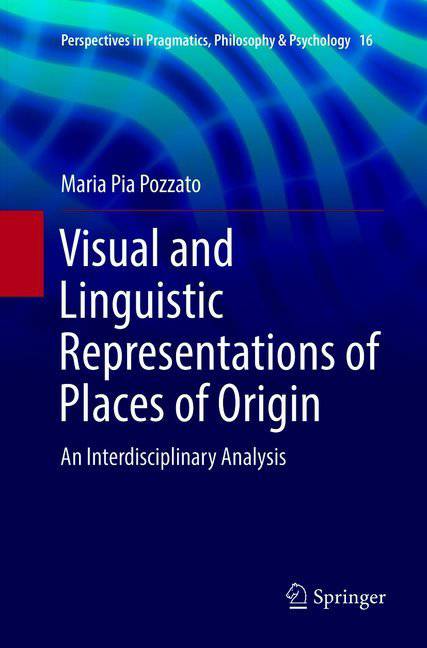
En raison d'une grêve chez bpost, votre commande pourrait être retardée. Vous avez besoin d’un livre rapidement ? Nos magasins vous accueillent à bras ouverts !
- Retrait gratuit dans votre magasin Club
- 7.000.000 titres dans notre catalogue
- Payer en toute sécurité
- Toujours un magasin près de chez vous
En raison de la grêve chez bpost, votre commande pourrait être retardée. Vous avez besoin d’un livre rapidement ? Nos magasins vous accueillent à bras ouverts !
- Retrait gratuit dans votre magasin Club
- 7.000.0000 titres dans notre catalogue
- Payer en toute sécurité
- Toujours un magasin près de chez vous
Visual and Linguistic Representations of Places of Origin
An Interdisciplinary Analysis
Maria Pia Pozzato
105,45 €
+ 210 points
Format
Description
Examines the subject of visual and linguisic representations from an unorthodox combination of angles and perspectives
Uses the drawing of maps as a method to examine memories and feelings in relation to places
Offers insights on the linguistic landscape from semiotics, cognitive psychology, and geography
Uses the drawing of maps as a method to examine memories and feelings in relation to places
Offers insights on the linguistic landscape from semiotics, cognitive psychology, and geography
Spécifications
Parties prenantes
- Auteur(s) :
- Editeur:
Contenu
- Nombre de pages :
- 302
- Langue:
- Anglais
- Collection :
- Tome:
- n° 16
Caractéristiques
- EAN:
- 9783319886688
- Date de parution :
- 06-06-19
- Format:
- Livre broché
- Format numérique:
- Trade paperback (VS)
- Dimensions :
- 156 mm x 234 mm
- Poids :
- 439 g

Les avis
Nous publions uniquement les avis qui respectent les conditions requises. Consultez nos conditions pour les avis.






